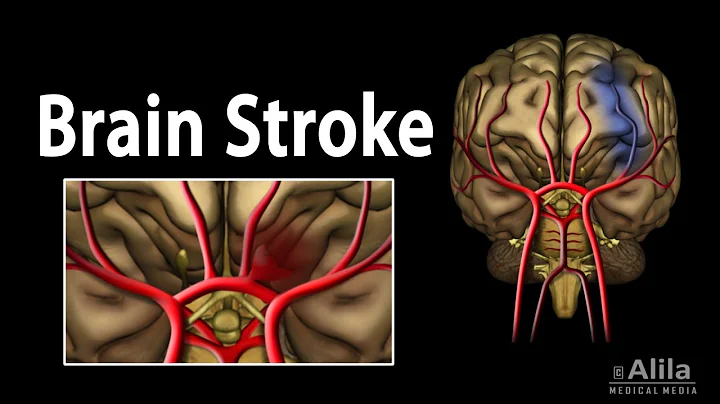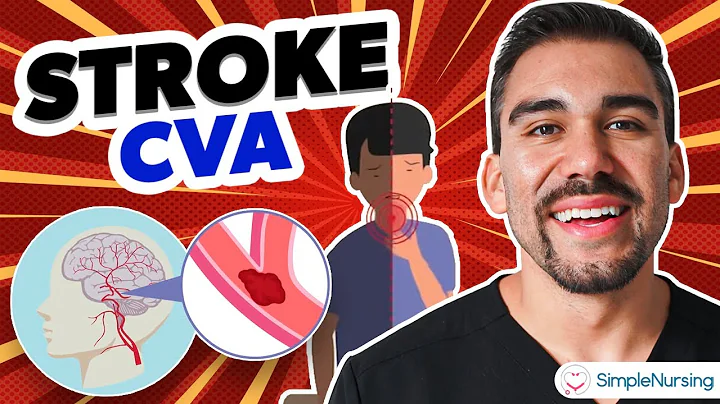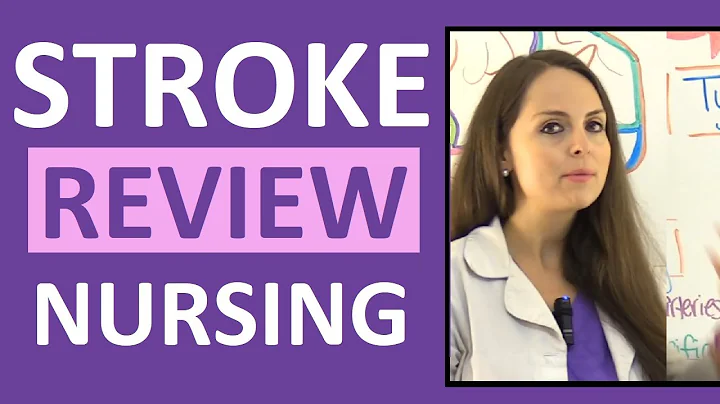Hi everyone, I am a general practitioner. stroke , we also call it "stroke" or "cerebrovascular accident". It is an acute cerebrovascular disease, which is a group of diseases caused by brain tissue damage caused by sudden rupture of blood vessels in the brain or blockage of blood vessels that prevents blood from flowing into the brain. It mostly occurs in men over 40 years old. Stroke has a high disability rate and can cause death in severe cases. Strokes often occur at home or at work, so home emergency treatment is very important for stroke rescue, especially for subsequent rehabilitation treatment. At 6 o'clock this afternoon, I was on duty when I received a call for help from a stroke patient at home. When we arrived at the scene, we found that the patient's family members had helped the patient up and sat waiting for rescue. Is this first aid method correct? ? Let’s learn popular science knowledge about first aid together.
Overview of Stroke
Hemorrhagic stroke usually occurs suddenly. Most patients have a history of hypertension and it is more common to initiate at home or at work. Acute onset often occurs due to exertion, excitement or sexual activity. Ischemic stroke usually occurs in a quiet or sleeping state. Patients wake up in the morning and find that they cannot move their hands, feet or speak. The incidence rate is as high as 75~85%. Once the disease occurs, waiting for rapid thrombolysis in a short period of time is the most effective treatment method.
Symptoms of the disease
If you have a headache at home or at work, vomiting, drowsiness, deviated mouth and eyes, drooling, coughing when drinking water, slurred speech or sudden muteness, numbness of limbs, or sudden feeling on one side of the face or hands and feet Numbness or numbness of the tongue or lips, or the patient suddenly faints, becomes unconscious, has convulsions, or has incontinence of urine and feces, etc.
First aid measures
1, After discovering the patient, dial the local 120 for help as soon as possible. Don't rush to lift the patient up by yourself. Instead, ask other relatives or neighbors to lift him up and place him on the bed. When lifting the patient, be sure to lift him gently to avoid shock and keep his head slightly elevated. Loosen his collar and pants. Those who wear or have dentures should take them out in time, turn their head to one side, and clean up the vomit in the mouth or nasal cavity in time to avoid suffocation due to inhalation. If the patient has convulsions, wrap a towel or gauze with chopsticks and insert it from the molars into a pad between the upper and lower teeth to prevent biting the tongue.
2, When the disease occurs, it is impossible to determine which type of stroke it is. You must not use the medicine the patient has taken before to avoid aggravating the condition.
3, While waiting for the ambulance to arrive, the patient should be moved as little as possible. If you need to move, especially when moving down the stairs, you must be very careful; when lifting down the stairs, the patient should be lifted with his head up and his feet down. During transportation, gently support the patient's head with both hands to avoid aggravating the condition due to bumps.
4, If the patient is awake, attention should be paid to comforting and helping to relieve tension. Family members should not be in pain or shout for help to avoid causing unnecessary psychological burden to the patient.
5. If the condition worsens, a blood pressure monitor can help measure it by yourself. If the systolic blood pressure exceeds 150mmHg and the patient is conscious, the patient can be given nitroglycerin sublingually.
6, If the patient suffers from urinary or fecal incontinence, he or she should take off his pants immediately to help clean up. The purpose is to avoid irritating the skin and causing ulceration. The patient should be handled gently and try not to move the patient, especially the head as little as possible.
Central argument
Stroke is a disease with a high incidence, which can cause disability and death. For people who are at risk of stroke, they must actively cooperate with doctors to treat risk factors. At the same time, they must regularly monitor other risk factors and take timely and effective measures to reduce the occurrence of the disease; if they are confirmed to be stroke patients, they should stop smoking and limit salt intake. . If you are a patient who has had one or more strokes, you should have regular examinations and monitoring to prevent the occurrence of serious cerebrovascular diseases; if you are a patient with diabetes, hyperlipidemia, or hypertension, you should actively treat the disease to prevent complications.Patients whose condition has stabilized after treatment must continue to take antihypertensive drugs for a long time.
The prevention of stroke is mainly the prevention and treatment of risk factors!





















![[4K]Walking in the urban village in the center of Guangzhou, the busy and lively Datang Village - DayDayNews](https://i.ytimg.com/vi/X65H8YWRNxU/hq720.jpg?sqp=-oaymwEcCNAFEJQDSFXyq4qpAw4IARUAAIhCGAFwAcABBg==&rs=AOn4CLBflYqf6RYtw2aXiw4DGwF0hFxKTw)
